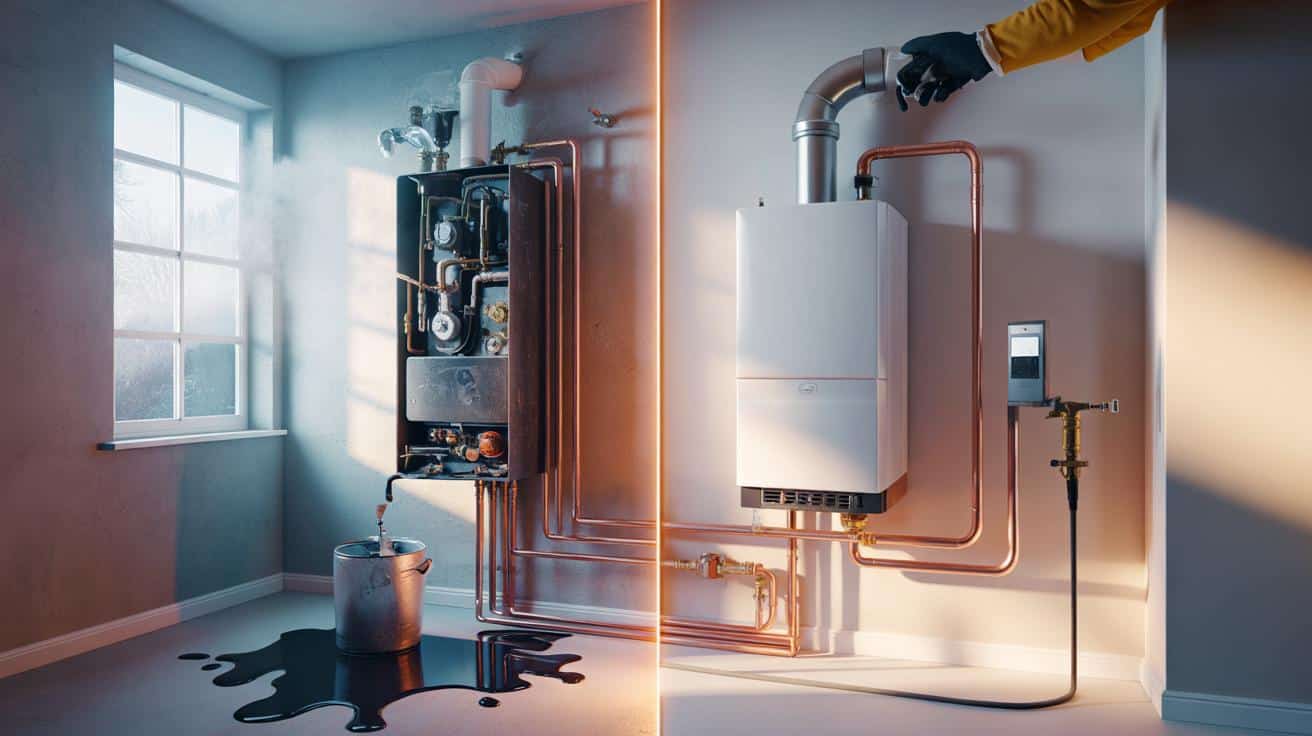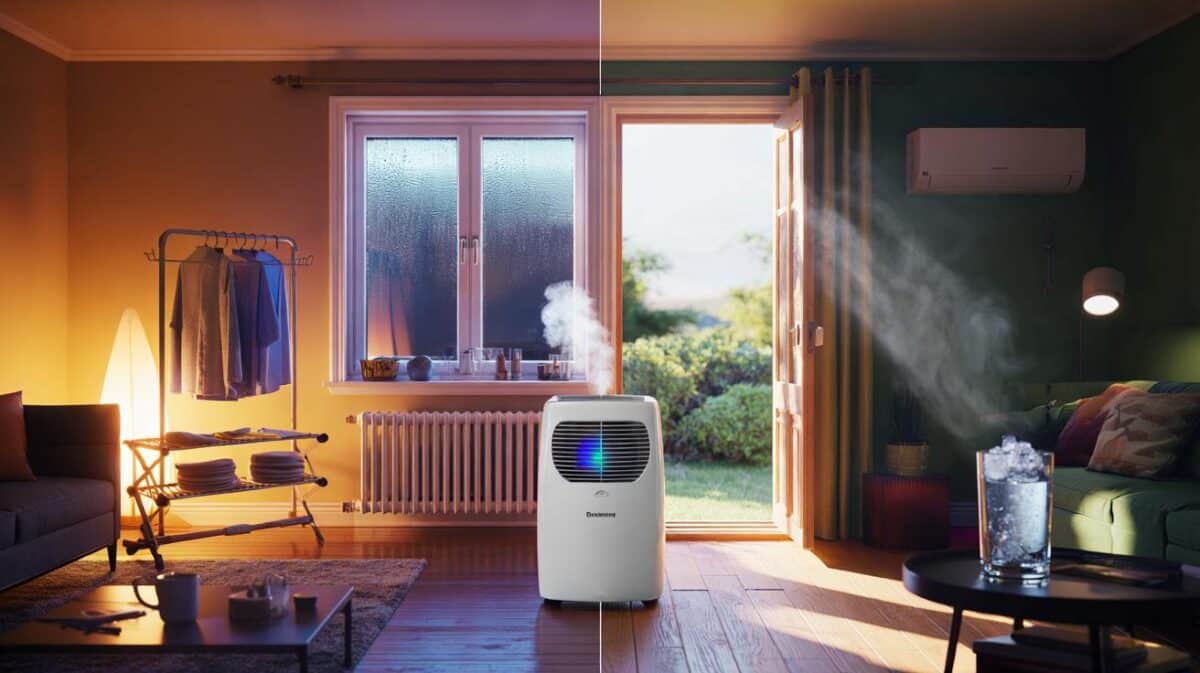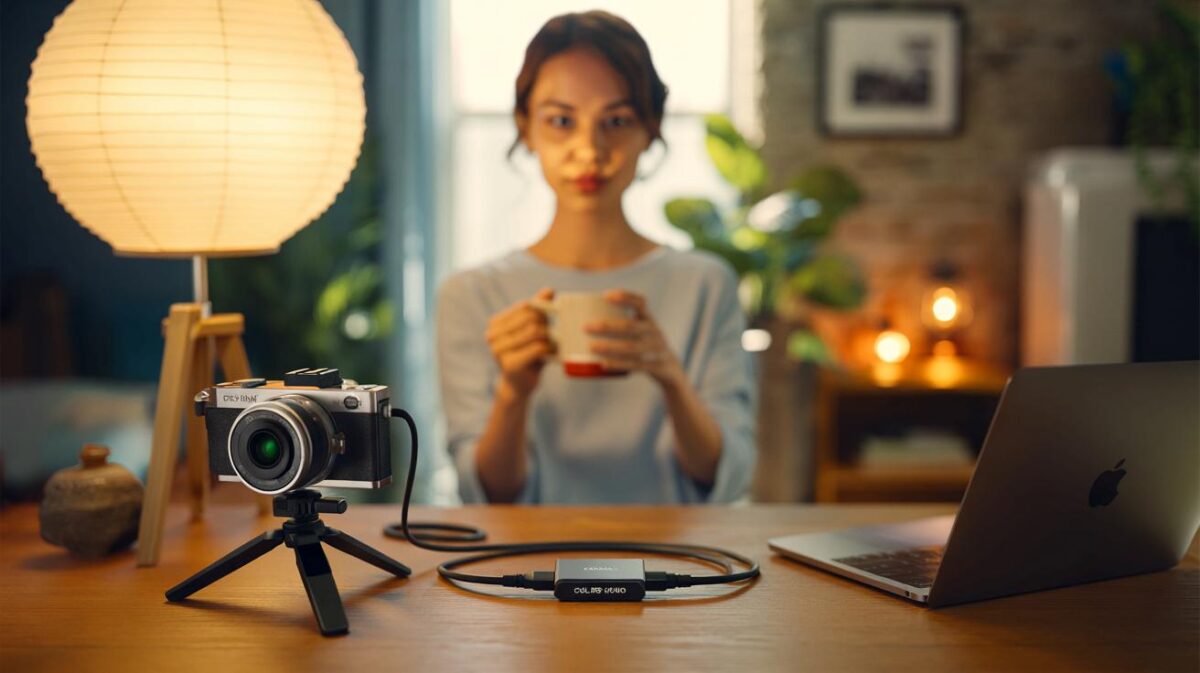A new boiler should feel like a fresh start. For many households, it quietly becomes an expensive habit. The costliest mistake happens before the first flame even lights.
The kitchen still smelled faintly of cardboard and flux. Outside, a pale winter sun hung low, the kind that asks for tea and thick socks.
“All done,” he said, already packing the van. The radiators warmed fast, the hot tap ran like a dream. Then the bills arrived, and a rattle crept into the pipes at night. The shiny promise didn’t match the numbers.
It wasn’t the boiler’s fault. It was the way it was installed — and the one decision most people skip. The quiet setup that changes everything.
The mistake that empties your wallet
Most people buy a new boiler like-for-like and run it at high temperature from day one. It feels safe. Hot water on tap, radiators too, job done.
The costly mistake is hidden: oversizing your boiler and skipping proper commissioning. That doubles down with water that’s never cleaned, radiators never balanced, and controls left on factory settings. The boiler can’t condense efficiently, so you pay for heat that blows straight out of the flue.
Here’s a very British tale. A three-bed semi in Leeds swaps a tired 24 kW combi for a chunky 35 kW because “bigger must be better”. The installer never does a room-by-room heat-loss survey. Flow temperature stays at 80°C because that’s how it’s always been.
The house warms, yes. But gas use jumps, the flue plume is thick, and the boiler cycles on and off like a nervous drummer. The homeowner rings the helpline and gets told it’s “within normal parameters”. The monthly bill disagrees.
A modern condensing boiler only hits its stride at lower flow temperatures, typically 50–60°C, where it can reclaim heat from exhaust gases. Oversize the boiler and it short-cycles, wasting energy and stressing parts. Skip the system clean and you push magnetite sludge into a delicate heat exchanger.
Miss the finer steps — inhibitor dosing, a magnetic filter, radiator balancing, smart or weather compensation controls — and you lock in higher bills for the next decade. It’s not dramatic on day one. It’s relentless by day 100.
How to get it right on installation day
Ask for a proper heat-loss calculation, room by room, not a guess based on postcode or memories of last winter. The right size is usually smaller than you think. Many UK homes land between 6–12 kW for heating load once draughts and insulation are accounted for.
Then have the boiler set up to condense: set the flow temperature to around 55–60°C and see whether the house holds steady. A good installer will fine-tune this over a few days. If you’re adding TRVs and balancing radiators, the system can often run cooler while keeping you cosy.
Get the water side right. A clean-and-flush, inhibitor to BS 7593:2019, and a magnetic filter on the return line are the difference between silky heat and a grumpy heat exchanger. If your system is ancient and sludgy, a targeted power flush may be worth it, but a smart chemical clean plus filter is often enough.
Let’s be honest: nobody actually does that every day. Which is why clear paperwork matters — the Benchmark logbook, the water test printout, and a simple note of the flow temperature the engineer left you with. Keep those with your boiler manual. They’re the receipts that protect your warranty.
On the handover, talk controls. Weather compensation or load compensation helps the boiler modulate gently, rather than sprinting and stopping. That’s where the quiet savings live. And remember the boring bits that stop winter disasters: an internal condensate run if possible, or a 32 mm insulated pipe if it must go outside, neat flue sealing, and the Gas Safe certificate tied to your address.
We’ve all had that moment when a small detail — a switch, a setting — makes the whole house feel tamer. That’s commissioning. It feels like overkill. It reads like common sense once the first bill lands.
“People think the boiler is the product. The install is the product,” says Ian, a Gas Safe engineer with twenty winters behind him. “When the setup’s right, I don’t hear from you for years.”
- Request a room-by-room heat-loss survey and keep a copy.
- Ask for radiator balancing and note the final flow temperature.
- Fit a magnetic filter and dose inhibitor to BS 7593:2019.
- Choose weather or load compensation to let the boiler modulate.
- Get the Benchmark commissioning sheet and warranty registered the same day.
Beyond the box: details that pay you back
Your boiler is a marathon runner, not a sprinter. A well-sized unit at lower flow temperatures will often feel calmer and cost less. The radiators warm a touch slower, then hold steady, and the boiler purrs rather than roars.
If you worry about hot water on a combi, that’s a separate calculation. Many homes need high hot-water output for a quick shower burst but far less for space heating. A combi with decent DHW specs can still be modest on the heating side — your installer can split those numbers for you.
Benchmark commissioning is the quiet hero. It proves the system was flushed, treated, balanced, and set up with realistic temperatures and working controls. Skip that, and some warranties become paper-thin. Skip balancing, and one room bakes while another sulks. Skip the right condensate pipe, and the first freeze locks the boiler out while you stand in a dressing gown at 6 a.m., Googling with numb fingers.
And when spring arrives, keep the goodness going. Clean the filter once or twice a year. Nudge the flow temperature down a hair when the weather softens. If your boiler offers a simple curve for weather compensation, try a gentler slope. It’s a five-minute fiddle that can shave a meaningful slice off your gas use.
This is the heart of it: you don’t need more boiler. You need the right boiler, set up for your home as it actually loses heat. Spend the extra twenty minutes on the survey, the hour on the clean, and the care on commissioning. Think of it as swapping noise for calm.
One change that keeps giving is lower flow temperature combined with proper balancing. Radiators feel more even, the boiler cycles less, and the flue plume thins. That’s efficiency you can see from the pavement.
And if the choice feels intimidating, borrow a checklist from the best installers. Ask about heat-loss in kW per room. Ask what flow temperature they expect to leave you with. Ask how they’ll protect the condensate line and whether the filter is included. Small questions, big long-term wins.
Homes are stories told in warmth, in mornings that begin without a shiver. When a boiler is sized to the fabric of your place and tuned to weather and habit, the house stops fighting you. Your radiators go quiet, your bills stop shouting.
We talk about new boilers like they’re magic boxes. They’re instruments, and they need tuning. Tell a friend who’s swapping theirs in a panic because the old one just wheezed its last. Post a photo of your filter after six months, full of black sludge, and watch the comments roll in.
And if you’re already mid-quote, ask for the survey and the commissioning plan in writing. That’s not being difficult. That’s being the kind of homeowner future-you thanks on a cold Monday in January. The shine of a new boiler is lovely. The hush of a well-installed one is better.
| Key points | Detail | Reader Interest |
|---|---|---|
| Right-size the boiler | Room-by-room heat-loss survey to pick kW for heating, not guesswork | Lower bills, quieter operation |
| Commission for condensing | Flow temperature near 55–60°C, balanced radiators, smart controls | Better comfort with less gas |
| Protect the system | Clean, inhibitor, magnetic filter, proper condensate and paperwork | Fewer breakdowns, warranty intact |
FAQ :
- Do I really need a heat-loss survey?Yes. It’s the difference between guessing and tailoring. A quick survey often shows your home needs far less kW than the sticker on your old boiler.
- What flow temperature should I run?Start around 60°C in winter and trial 55°C if rooms hold steady. Warmer days can go lower. Watch comfort first, then trim gently.
- Power flush or chemical clean — what’s best?For most homes, a targeted chemical clean with a magnetic filter and inhibitor is enough. Very sludged systems or radiator cold spots may merit a power flush.
- Which documents should I get on handover?Benchmark commissioning sheet, warranty registration, Gas Safe certificate, and a note of the final flow temperature and controls setup.
- How do I choose an installer who’ll do this right?Ask three simple questions: Will you do a room-by-room heat-loss survey? Will you balance radiators and set a condensing flow temperature? What filter and inhibitor are included?








